VMware, Nutanix Battle For HCI Software Supremacy: Gartner
Here are the nine world-leading vendors that made Gartner’s Magic Quadrant for Hyperconverged Infrastructure Software, including Nutanix, VMware and Microsoft.

Gartner’s Magic Quadrant For Hyperconverged Infrastructure Software
VMware and Nutanix stand alone on top of Gartner’s Magic Quadrant for Hyperconverged Infrastructure Software as the two software superstars continue to battle for worldwide market leadership.
The hyperconverged infrastructure (HCI) software is maturing with now four dominant use cases: cloud-native, edge computing, hybrid cloud and virtual desktop infrastructure (VDI), according to Gartner’s new HCI software Magic Quadrant. HCI software provides virtualized compute, storage and networking from a single instantiation running on server hardware.
In terms of the overall market trends, some hyperconverged vendors are expanding deployment options to include more cloud providers with the intent to be a turnkey private or hybrid cloud solution, while other software vendors are looking to provide specific use-case advantages or high-touch regional solutions to establish an effective niche approach.
Gartner said there could be some disruption ahead in the hyperconverged software market as cloud providers like Amazon, Google, Microsoft and Oracle extend their cloud offerings to on-premises infrastructure. As of now, however, only Microsoft made Gartner’s 2021 Magic Quadrant.
CRN breaks down the nine vendors in Gartner’s Magic Quadrant for Hyperconverged Infrastructure Software who are leading the world in hyperconverged infrastructure software.

Gartner Hyperconverged Infrastructure Software Methodology
Core capabilities for HCI software are virtual compute, storage and networking, using a scale-out architecture combined with unified management.
In order to be included in Gartner’s 2021 Magic Quadrant for Hyperconverged Infrastructure Software, vendors must provide an integrated software stack that includes unified management and software-defined compute, storage and potentially networking. Vendors also needed to combine virtual machine (VM) and software-defined storage resources both running on the same physical servers. Additionally, companies needed to have storage and data management services integrated into the offering, as well as virtualize local, internal and direct-attached storage.
On the business front, vendors who made Gartner’s Magic Quadrant needed their product to have a minimum of 50 production customers; deliver complete Level 1 and Level 2 support either directly or through a service provider; and offer solutions for at least three different use cases.
Gartner’s Magic Quadrant ranks vendors on their ability to execute and completeness of vision and places them in four categories: Niche Players (low on vision and execution), Visionaries (good vision but low execution), Challengers (good execution but low vision) and Leaders (excelling in both vision and execution). In this particular Magic Quadrant, there were no vendors in the ‘Challengers’ category.
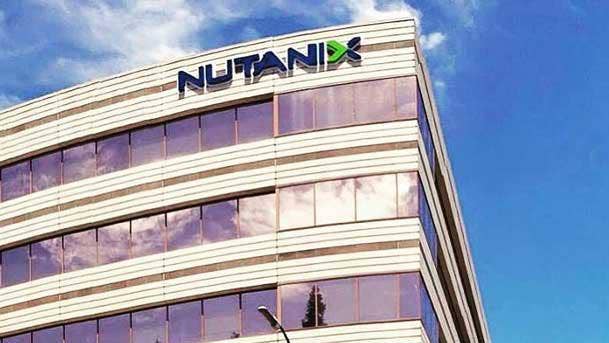
Leader: Nutanix
Nutanix won the gold medal in execution on Gartner’s Magic Quadrant for Hyperconverged Infrastructure Software while ranking second in vision. The San Jose, Calif.-based company provides HCI software and data services for on-premises and public cloud. Nutanix’s software is supported on Nutanix NX and specific Dell, Hewlett Packard Enterprise (HPE), Lenovo, and Fujitsu hardware offerings, as well as on third-party servers and bare-metal Amazon EC2 instances. The company has expanded its unified storage capabilities to include ransomware signatures, data age analytics and tiering to S3-compatible object storage, and added disaster recovery (DR) replication of file shares.
Strength: Gartner said its clients express “high satisfaction” with Nutanix’s software breadth and depth along with consistency of support services, thus leading to strong customer loyalty. Nutanix also provides a unified platform for multiple workloads and data services.
Weakness: Nutanix HCI might not be a cost-effective solution for deployments that don’t require advanced functionalities or are not leveraging the Nutanix Acropolis hypervisor, according to Gartner. Customer traction for Nutanix Clusters public cloud is still modest.
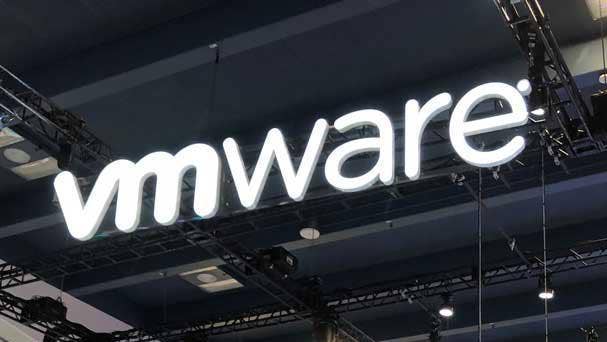
Leader: VMware
VMware took home the gold medal for vision on Gartner’s Magic Quadrant for Hyperconverged Infrastructure Software and placed second for execution. The Palo Alto, Calif.-based virtualization superstar’s VMware HCI offering broadly focuses on hybrid cloud, cloud-native, virtual desktop infrastructure (VDI) and edge computing. VMware has expanded the capabilities of its software-defined approach to compute and storage disaggregation, HCI Mesh, to enable shared capacity from hyperconverged infrastructure clusters to non-HCI clusters. In November, VMware became an independent company for the first time since 2004 when it spun-out from Dell Technologies.
Strength: VMware has jointly engineered hybrid cloud and multi-cloud support with the major public cloud providers, including AWS, Microsoft Azure, Google Cloud, Oracle and IBM, to support HCI deployments in the public cloud and utilize a service consumption model. The company also has one of the largest global install bases on Gartner’s list.
Weakness: Gartner said VMware’s HCI offerings are “among the most expensive” in the market, meaning it is less price-competitive when cost is a heavily weighted part of the selection process. Additionally, the configuration of vSAN software can be challenging.

Visionary: Microsoft
The worldwide dominant software giant ranks third for vision and fourth in execution on Gartner’s Magic Quadrant. Microsoft’s Azure Stack HCI is focused on providing a hybrid cloud solution that integrates on-premises and edge, VMs, and container services into the Azure cloud. The Azure Stack HCI is offered as a subscription-based, cloud-managed solution based on the version of Hyper-V and hyperconverged infrastructure stack used in the Azure cloud.
Strength: Azure Stack HCI provides a comprehensive edge, core data center and cloud portfolio, with many common components and familiar management tools, according to Gartner. The solution is supported on a broad range of vendor hardware.
Weakness: Gartner says many organizations are “unaware” of Azure Stack HCI and confuse it with Azure Stack Hub. Additionally, the non-subscription version requires a full Windows Server Enterprise Edition license to be purchased.

Visionary: StorMagic
StorMagic ranks third in execution and fourth in vision on Gartner’s Magic Quadrant for Hyperconverged Infrastructure Software. With U.S. headquarters in Charlette, N.C., StorMagic’s SvSAN product is focused on edge and mission-critical use cases for distributed data centers. StorMagic is available as-a-Service through HPE GreenLake Central and via an OEM agreement with Hivecell edge servers. Recently, StorMagic introduced the SvSAN Witness as-a-service capability for remote quorum and added SvSAN Container Storage Interface for Kubernetes. Last year, StorMagic acquired edge data protection and archiving specialist SoleraTech.
Strength: StorMagic HCI capabilities are designed specifically to the unique requirements of the edge or distributed data centers, according to Gartner. The company is gaining global traction thanks to its partnership with HPE.
Weakness: Gartner said StorMagic’s SvSAN lacks advanced services such as data deduplication, compression, snapshots, remote replication and hybrid cloud integration. The company’s marketing and sales resources are significantly less extensive compared to market leaders.
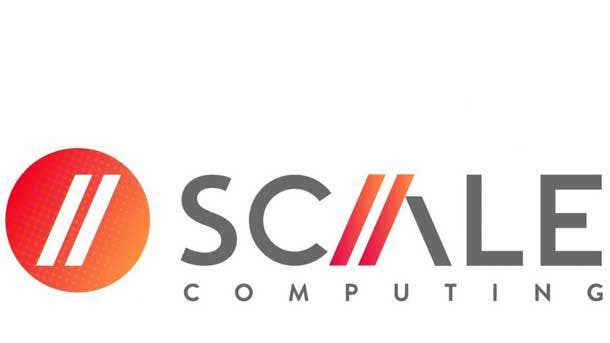
Niche Player: Scale Computing
Scale Computing ranks fifth in both execution and vision on Gartner’s Magic Quadrant. The Indianapolis, Ind.-based company’s HC3 hyperconverged product is primarily focused on edge and VDI use cases with a focus on SMBs in retail, industrial, education, local government and healthcare. Last year, Scale Computing expanded its support for zero-touch provisioning and video surveillance solutions.
Strength: Scale Computing offers extremely low-cost solutions that require limited hardware investment for edge locations. It provides resource-efficient, full-stack software, including its own KVM-based hypervisor. Gartner said the company is “highly rated” in peer views.
Weakness: Scale Computing uses its own KVM-based hypervisor solution, so existing skills and licenses are not transferable according to Gartner. The company also has limited brand recognition.
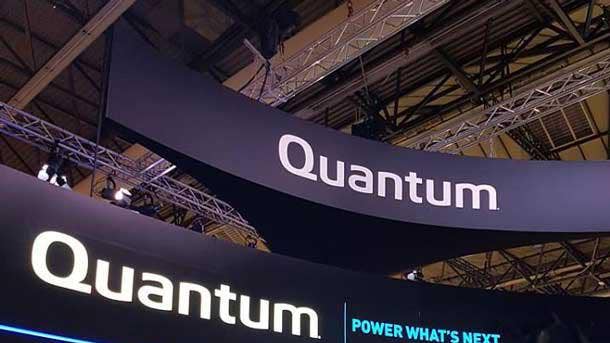
Niche Player: Quantum
New to Gartner’s Hyperconverged Infrastructure Software Magic Quadrant this year is Quantum due to its purchase of Pivot3. The San Jose, Calif.-based company ranks among the middle of the pack for both execution and vision. The Quantum Acuity HCI software is targeted primarily for hybrid cloud, edge and VDI use cases. The company has enhanced its Quantum Acuity HCI software platform with new capabilities such as automated upgrade orchestration, a Health and Best Practices Analyzer, and intelligence and automation features.
Strength: Quantum Acuity HCI is well-suited to meet the large-scale, mission-critical requirements typically associated with security and surveillance in public spaces such as airports and university campuses, Gartner said.
Weakness: Gartner said because Quantum didn’t retain any key Pivot3 executives, organizations should monitor the future direction of the Quantum Acuity HCI product. Additionally, the company has not yet been recognized globally as an HCI software provider.
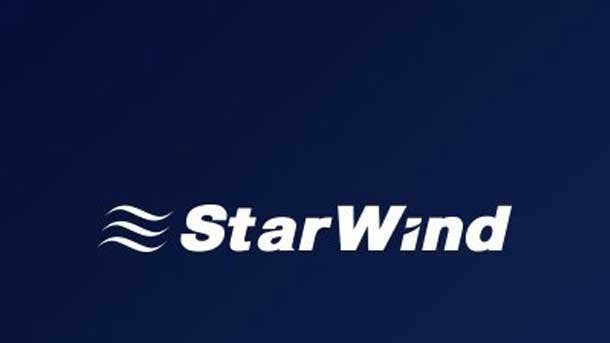
Niche Player: StarWind
StarWind ranks in the middle of the pack for vision and near the bottom for execution on Gartner’s HCI software Magic Quadrant. The Beverly, Mass.-based company’s HyperConverged Appliance (HCA) focuses on reduces node count for hybrid cloud and edge use cases and distributed data centers. StarWind recently modernized its codebase for increased performance, and dedupe and compression with integration to ZFS.
Strength: StarWind innovation in the hardware and software HCI layers makes it an attractive price/performance option for SMBs for edge and cloud, Gartner said. The company also has good HCI and storage expertise.
Weakness: Gartner said StarWind is one of the smaller vendors in terms of revenue and geographic coverage, which limits its ability to gain traction in the global enterprise market. The company also doesn’t offer pre-integrated HCI bundling by major server OEMs.
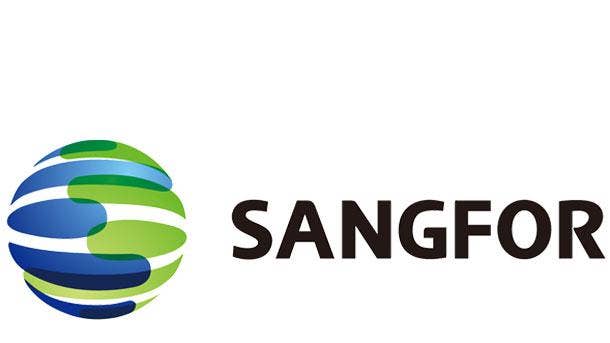
Niche Player: Sangfor Technologies
Sangfor Technologies ranks near the bottom of the pack for both vision and execution on Gartner’s Magic Quadrant for Hyperconverged Infrastructure Software. The China-based company’s HCI software is designed for cloud transformation, VDI, and backup and DR. Sangfor HCI integrates security functions and has recently focused on end-to-end continued security, support for ARM, as well as x86 platforms for private and managed public cloud infrastructure expanding to edge cloud deployments. More than 80 percent of Sangfor HCI sales are in China.
Strength: With its own hypervisor Kernel-based Virtual Machine (KVM), Sangfor’s HCI provides a secure, managed, cost-competitive alternative for midsize enterprises around hybrid cloud. The company also has a mature support organization in China.
Weakness: Sangfor has limited stack integration with ecosystem partners and limited support resources outside of China, Gartner said. Sangfor has not been proven in edge locations with its HCI offerings.
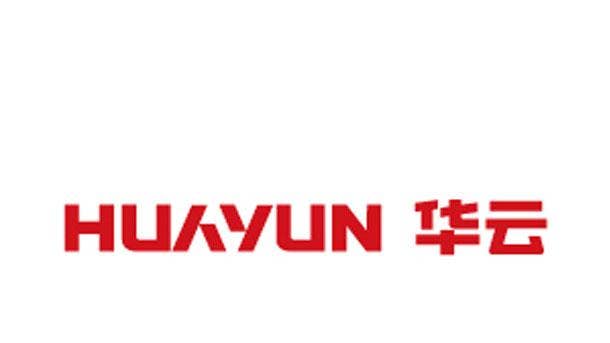
Niche Player: Huayun Data Group
Huayun Data Group ranks in last place for both execution and vision on Gartner’s Magic Quadrant. The China-based company’s Archer OS and Maxta HCI software focus on hybrid cloud, edge and virtual desktop infrastructure. Huayun Data Group’s HCI software solution has been enhanced with ArIQ, which provides automated operational monitoring service and analytics.
Strength: Huayun Data Group sells its HCI software solutions as one-time perpetual licenses requiring no additional payments for license renewal. Gartner said when bundled with Archer CloudManager, Huayun’s HCI enables the management of VMs and Kubernetes running on a private server cluster, in a public cloud, on secondary storage or bare metal.
Weakness: Huayun Data Group currently has a limited install base, channel and sales partnerships outside of China. The company’s use of both Archer OS and Maxta HCI brands for different countries may be confusing for customers seeking a common solution across multiple geographies.